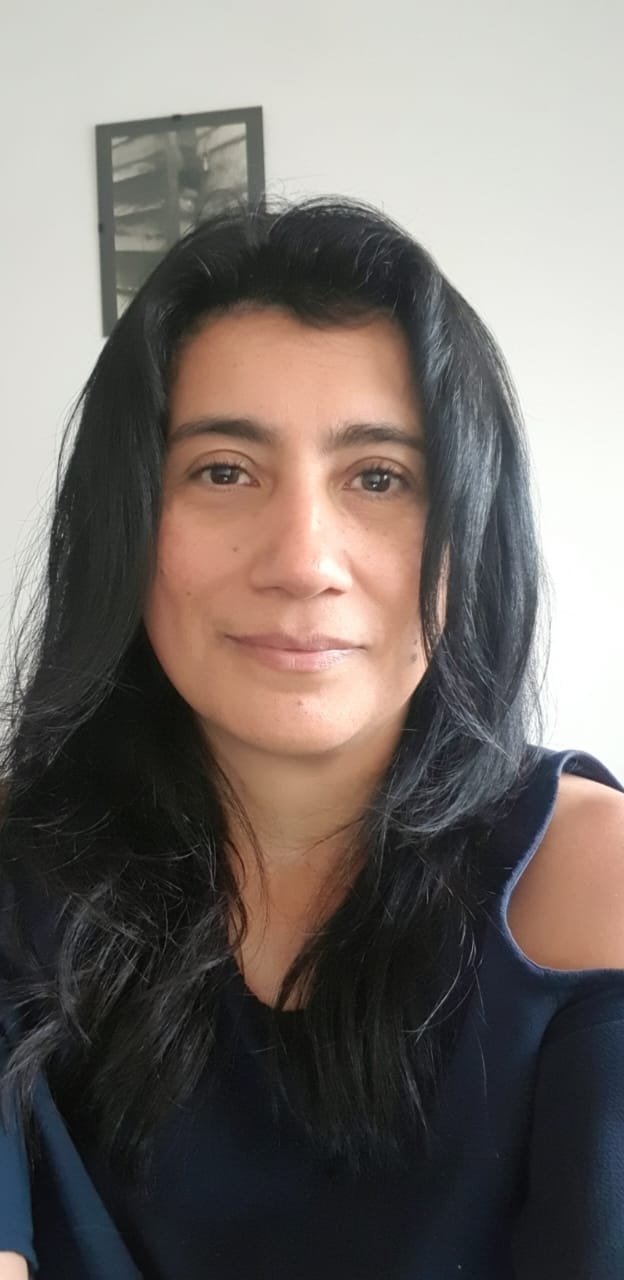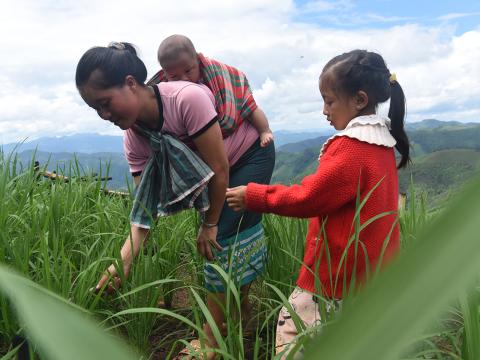
Treating women workers fairly starts with us
Cristina, one of World Vision’s gender specialists in the LAC region, considers what steps need to happen for women to be fairly treated in the workplace.
Friday 8 March, 2024
It was from 1975, almost fifty years ago, that the United Nations officially marked March 8 as International Women’s Day. The origin of the commemoration of International Women’s Day, or as some countries call it 8M, lies in a tragic event that took place more than 150 years ago.
On March 8, 1857, 129 women in New York went on strike to complain about the conditions of their work and pay at a Cotton factory. They refused to leave their workplace and so the owner ordered the doors to be closed and locked. When a fire started inside the 129 women were unable to escape and all of them were killed.
This event serves to illustrate, on the one hand, the exploitation of female workers, and on the other, the role that women have played throughout history not just as witnesses to unfair working practices, but also as active participants in the economic, political, cultural and social changes and transformations that have taken place throughout the world.
The challenges
Today, women are active in many areas of society, in politics, academia, sports, and the labour market. However, despite the progress made in different parts of the world, inequality persists and is expressed in the different areas of women's private and public lives, a situation that is exacerbated when the gender variable is added to others such as social class, age, race, belonging to an indigenous people, migratory status, disability and others that result in discrimination.
The challenges that remain are enormous, since there are still cultural, regulatory and administrative barriers that must be broken down in order for women's participation to take place in conditions of full equity and justice.
The symptoms and causes
The inequalities that affect many women in their adult lives begin in childhood and are the result of a social and cultural construction of gender that—despite progress in recent decades—is the result of a process of socialization of gender roles: that of masculine and feminine. Gender biases establish a hierarchy that inevitably limits women's possibilities for development in the world of work and is expressed in labour segregation. For example, only 15% of companies in Latin America and the Caribbean are headed by women.
Another indicator of inequality in the world of work is the wage gap, which has various causes, several of them associated with gender inequality. Finally, there is violence in the workplace which, as stated in ILO Convention 190, "disproportionately affects women and girls" and becomes a barrier that makes it difficult for women to remain in the paid labour market.
It is also worth pointing out that as a consequence of the pandemic derived from COVID 19, the situation of women in the region regressed more than 10 years in terms of labour participation (ECLAC, 2021). In this context, violence against women also increased (UN WOMEN, 2020).
Our response
Given the information above, it is clear that organisations are not neutral when it comes to gender. This is why, a collection of national World Vision offices we call the Andean Block (comprising Bolivia, Ecuador and Peru) plus Chile prioritise integrating Gender Equality and Social Inclusion (GESI) in our institutional practices through the actions implemented by our Human Resources team. We believe that to advance gender equality among girls, boys, adolescents, their families and communities we must also apply GESI principles when hiring and managing staff to work to effect change and transform the structures that generate inequality.
To this end, our offices already have GESI Committees that are made up of people from different teams, including Human Resources, which has proposed the following for our next financial year.
1. Organisational diagnosis regarding our GESI approach
Each office will use a self-assessment tool to examine its approach to GESI and will try and identify existing gender inequities, gaps and barriers. Good practices can be shared with other offices, any gaps identified can be addressed.
2. Capacity Building
Then a GESI capacity-building plan should be rolled out among different groups in each office. The training will be at different levels and will target different groups. Ultimately the aim is the same, to change any attitudes or practices that intentionally or unintentionally discriminates against women.
3. Institutional Policies
There will also be a review of all relevant organisational policies to ensure there are no blocks to promotion of women into leadership positions. World Vision subscribes to all people enjoying life in all its fullness, we want to do all we can to prevent discrimination on the basis of gender.
For more information about World Vision’s GESI work click here
Cristina Carvallo is World Vision’s GESI Specialist for Bolivia, Ecuador & Peru, and also for Chile. Her goal, together with the GESI Committees of each country, is to progressively transform gender equality and inclusion into a central issue within the offices, their operations and human talent management.



